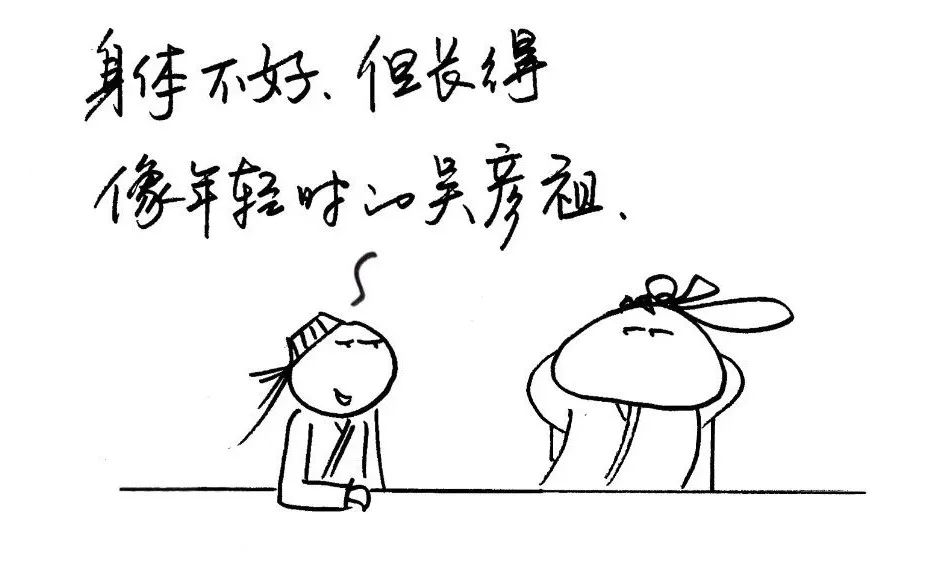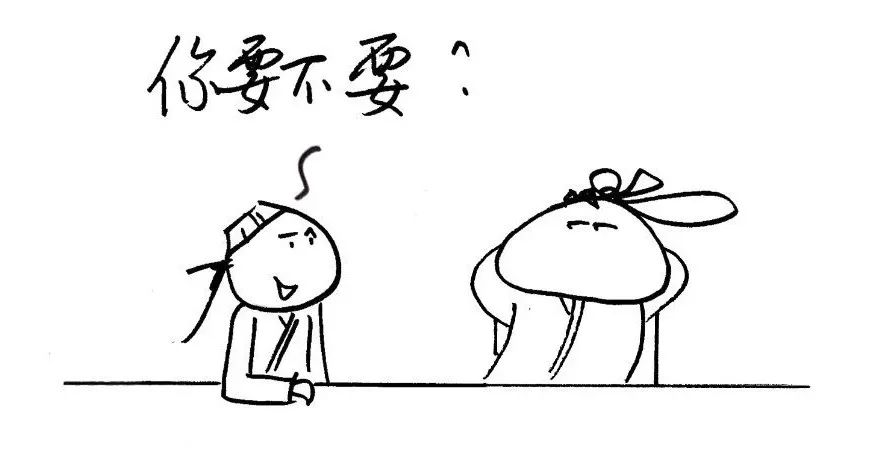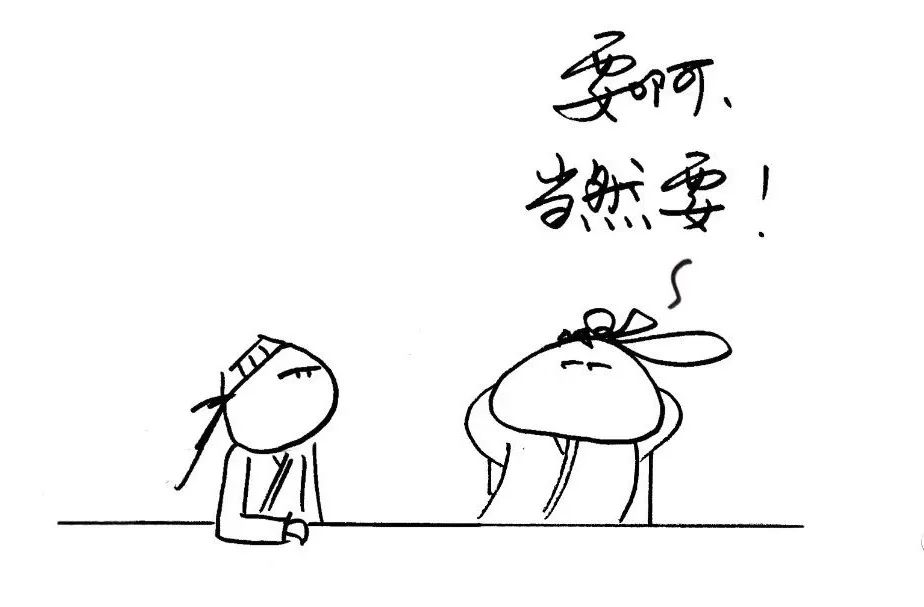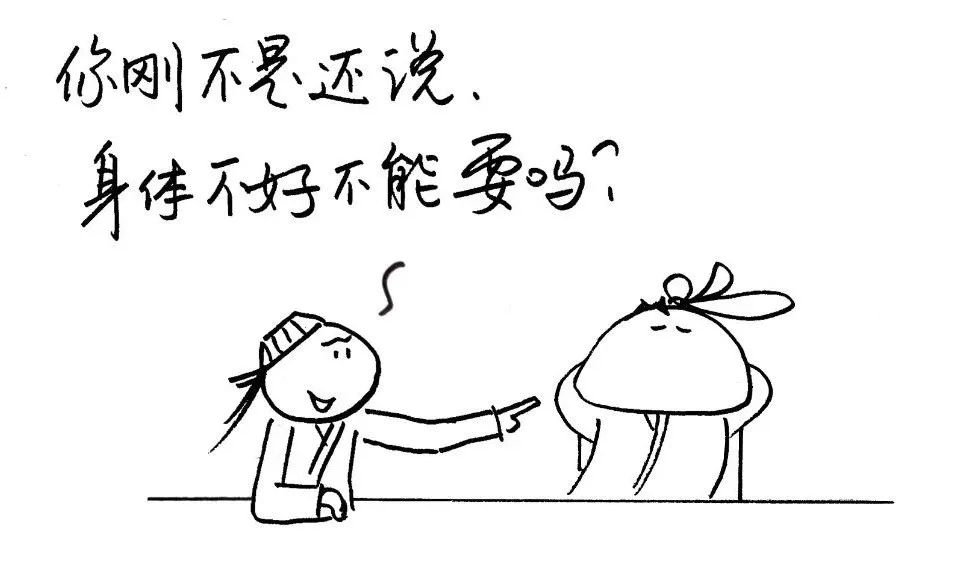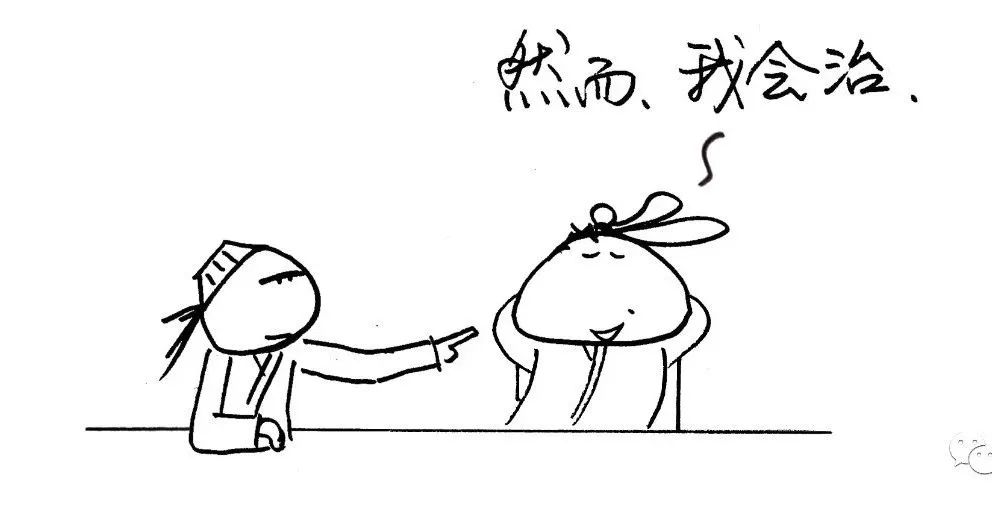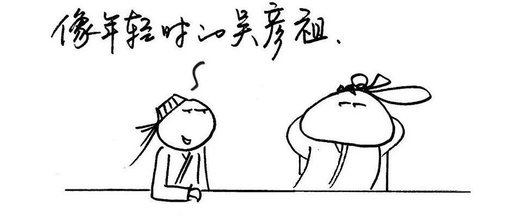In Traditional Chinese Medicine (TCM), the four diagnostic methods are the foundation for syndrome differentiation and treatment. The so-called four diagnostics are observation, listening, inquiry, and palpation.
Observation is the first and foremost, as “to know by looking is called spirit.”
This means that a doctor can tell at a glance whether a person is ill and what the illness is; such a doctor would be considered a master.
This mastery is not mythical but rather based on theoretical foundations. Today, I would like to share with you the aspect of observation related to the Five Wheel Theory, which is an important part of diagnostic observation.
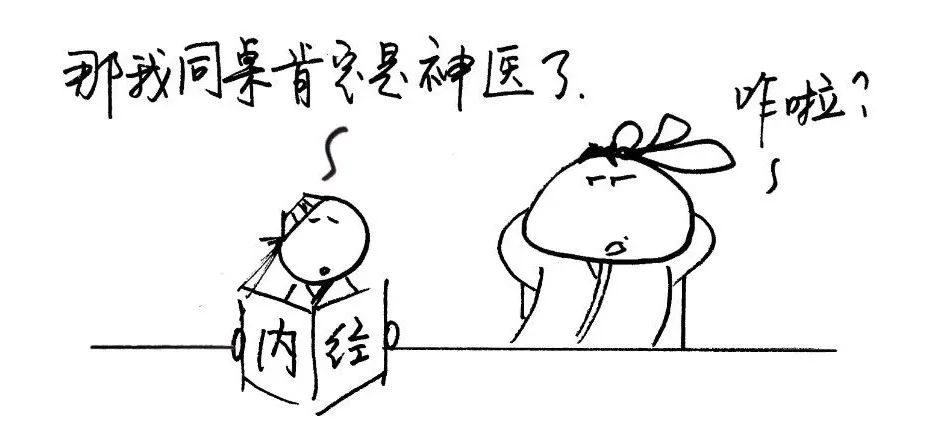
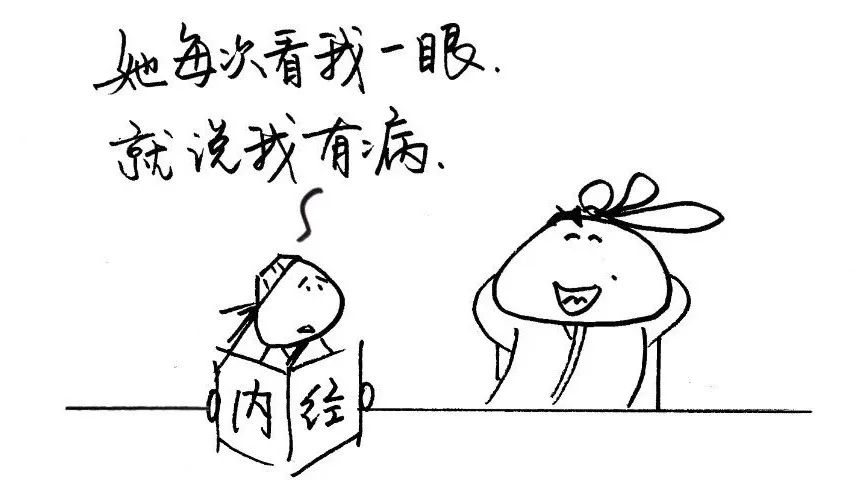
The Five Wheel Theory originates from the theories in the Huangdi Neijing (Yellow Emperor’s Inner Canon) that relate the eyes to the internal organs.
In the Ling Shu (Spiritual Pivot), it states: “The essence and qi of the five organs and six bowels all ascend to the eyes and become their essence. The essence of the eyes is the pupil, the essence of the bones is the iris, the essence of the tendons is the sclera, the essence of the blood is the conjunctiva, and the essence of the qi is the white of the eye, while the essence of the muscles is the eyelids.“
The Renzhai Zhizhi Fang from the Southern Song Dynasty provides the clearest positioning of the Five Wheels and their relation to the internal organs, which is still used today. The text states: “The eyes are the essence of the five organs and six bowels. The red corners belong to the heart, the white of the eyes belongs to the lungs, the dark and round pupils belong to the liver, the upper and lower eyelids belong to the spleen, and the small dark point in the center, like lacquer, is governed by the kidneys, each corresponding to their respective signs, but the pupil has a significant relationship with them.“
Let’s take a closer look at the diagram:
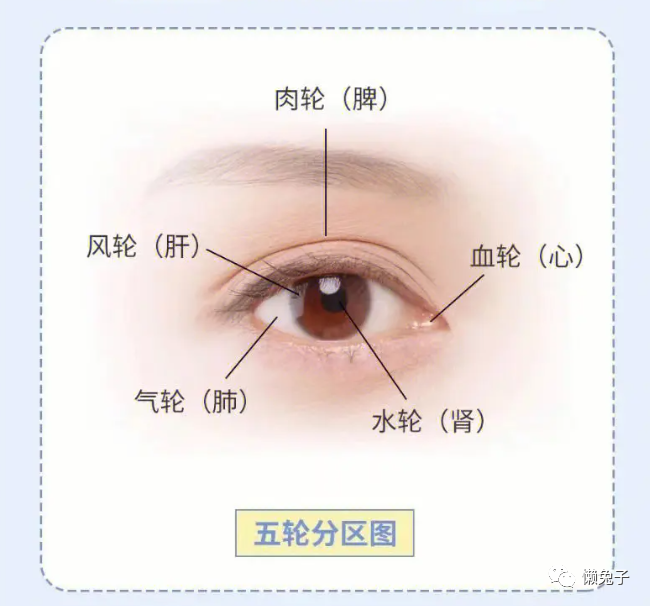
1. Muscle Wheel
This refers to the upper and lower eyelids, which belong to the spleen, as the spleen governs muscles, hence the name Muscle Wheel.
If the spleen qi is strong, the eyelid muscles will be firm, without swelling or bags under the eyes. If the spleen qi is weak, the upper eyelids may swell, and the lower eyelids may have prominent bags, with loose muscles.
Thus, there is a saying that “as people age, their eyelids droop,” indicating that when the qi of the spleen and stomach weakens in the elderly, drooping eyelids and large bags under the eyes appear.
2. Blood Wheel
This refers to the inner and outer canthi of the eyes and their blood vessels, corresponding to the heart. The heart governs blood, hence the name Blood Wheel.
In a normal person, the inner and outer canthi of the eyes are light red. If heart fire is excessive, the canthi will appear bright red, and there may even be pain or itching.
This is similar to the saying in dramas about “seeing red with rage,” which refers to the heart being on fire, causing the eyes to turn red.
3. Qi Wheel
This refers to the white of the eyes, including the superficial conjunctiva and the deeper sclera, which are firm and white, belonging to the lungs. The lungs govern qi, hence the name Qi Wheel.
When lung qi is abundant, the whites of the eyes are not only white but may even have a slight blue tint, resembling the color of the sky. Conversely, if lung qi is deficient, the whites of the eyes may appear yellow, and small protrusions may develop on them.
In middle-aged and elderly individuals, yellowing of the whites of the eyes is often a result of qi deficiency.
If the whites of the eyes appear red, there are two possibilities: one is an external invasion of wind-heat, which can cause the whites to turn bright red, such as in epidemic conjunctivitis. The other is excessive liver fire, as the liver opens to the eyes; excessive liver fire can cause the whites to turn red, often due to overuse of the eyes or staying up late.
4. Wind Wheel
This refers to the black part of the eye, governed by the liver, which is associated with wind, hence the name Wind Wheel.
Moreover, the liver stores blood; individuals with cleaner blood will have bright and clear black eyes, while those with impurities and stagnation in the blood will have dull and murky black eyes.
Therefore, individuals with chronic illnesses often have dull eyes due to blood deficiency or blood stasis.
5. Water Wheel
This refers to the pupil, which corresponds to the kidneys, as the kidneys govern water, hence the name Water Wheel.
The pupil is formed by the innate qi and developed by the acquired qi, representing the subtle interplay of yin and yang, relying on the essence and qi, with the kidneys governing essence.
Observing the pupil can help assess health conditions; the normal diameter of the pupil is 2-5 millimeters. A normal pupil is round and equal in size.
Western medicine believes that dilated pupils can occur after the use of atropine or due to trauma, sympathetic nerve stimulation, glaucoma, or optic nerve atrophy. Constricted pupils can be seen in cases of organophosphate poisoning. Unequal pupil sizes may indicate intracranial diseases such as brain injury, central nervous system syphilis, brain herniation, or brain tumors. Bilaterally dilated pupils with a loss of light reflex may indicate imminent death.
In TCM, it is believed that kidney essence deficiency and weak kidney qi can cause the pupils to dilate or be unequal in size.
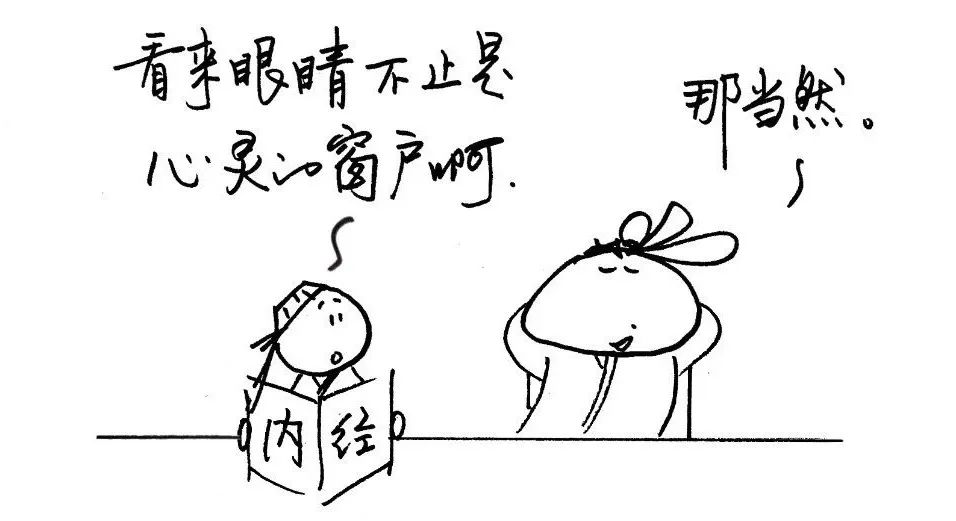
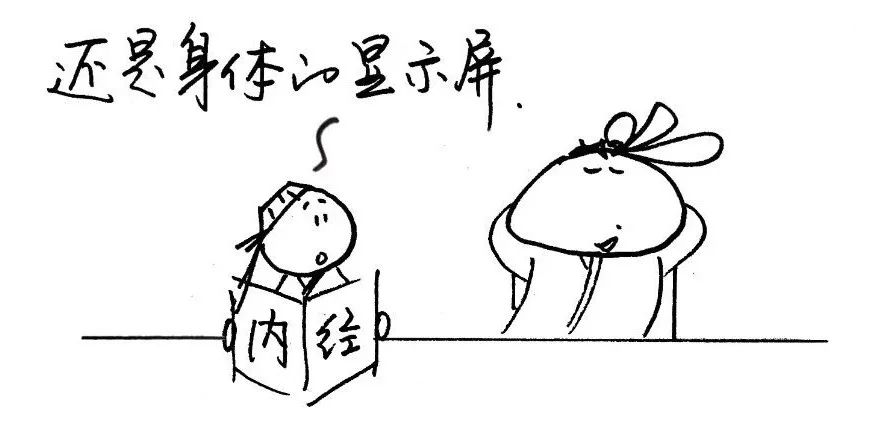
Eye observation is just one part of TCM diagnostic observation; there are also observations of spirit, tongue, morphology, and excretions, each of which could fill two articles with rich content.
These are all bases for diagnosing diseases in TCM, often more accurate and timely than hospital examinations.
Thus, I often say that when going on a blind date, instead of looking at other things, one should first look at the tongue and then the eyes, as this can give a good indication of health.
Good looks mean nothing if the body is not healthy; health is the foundation for a happy life! Family members (stomping feet and slapping thighs)!
